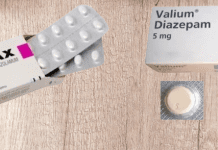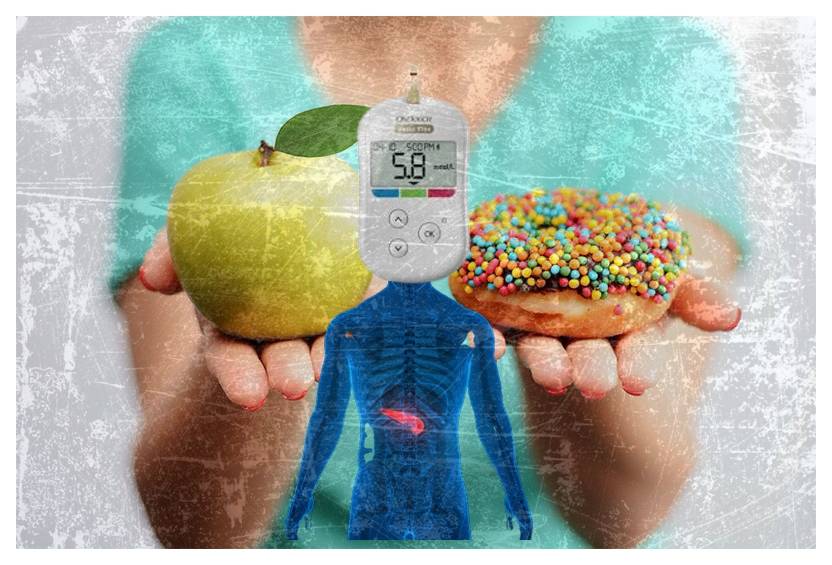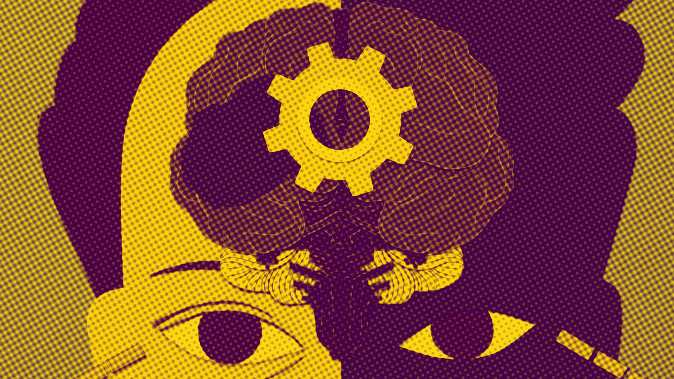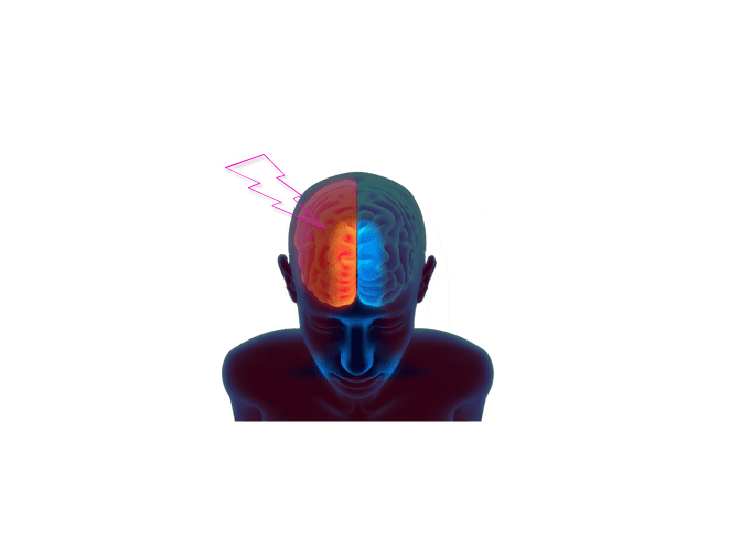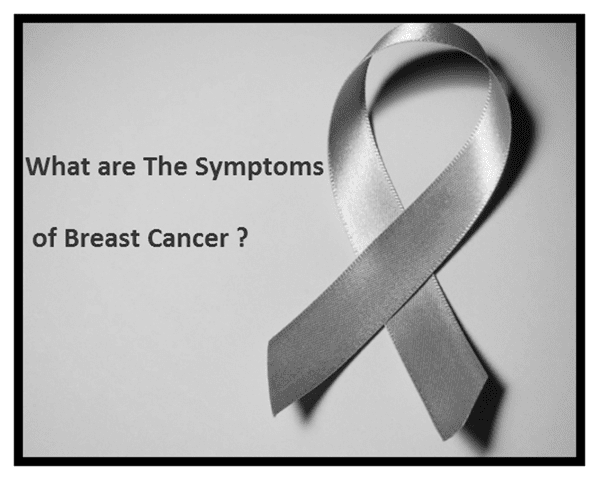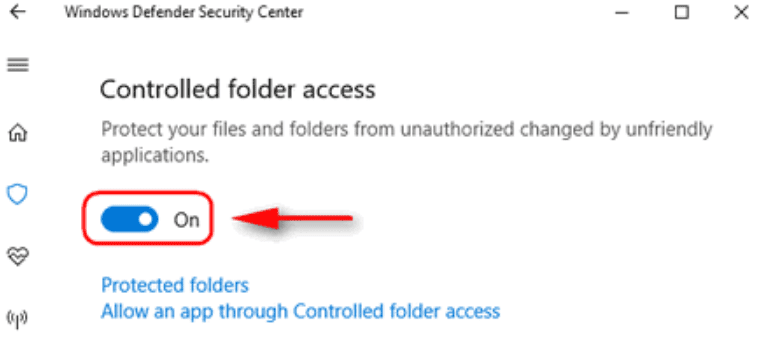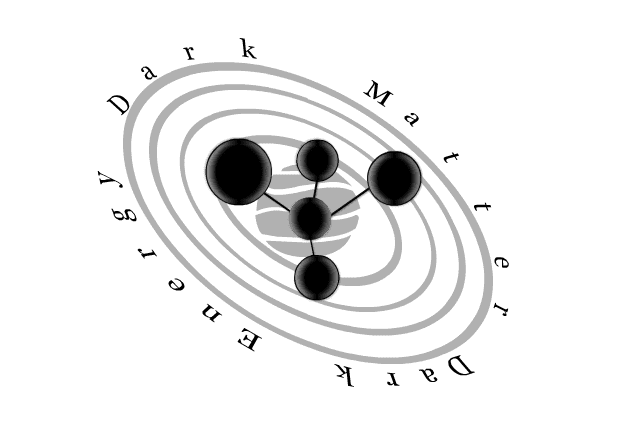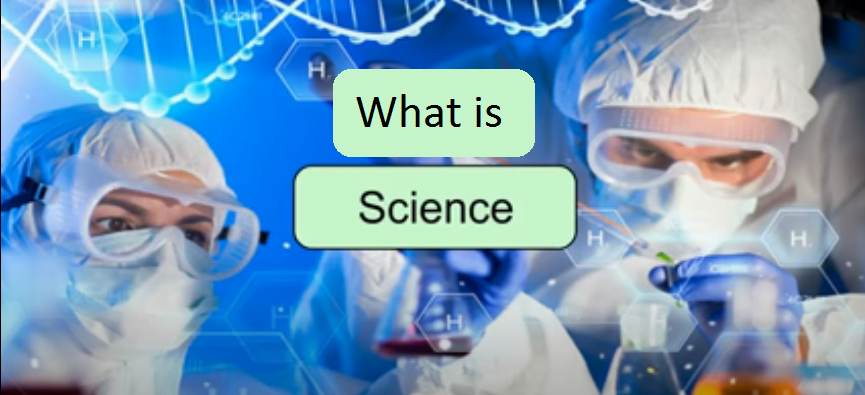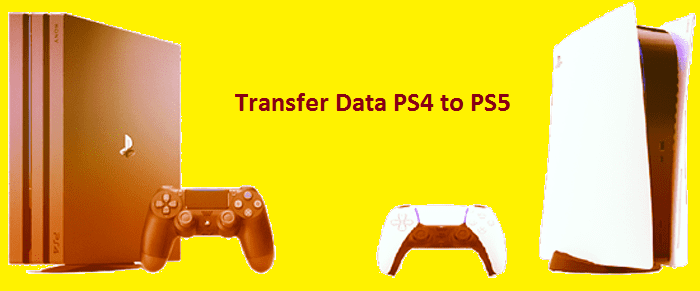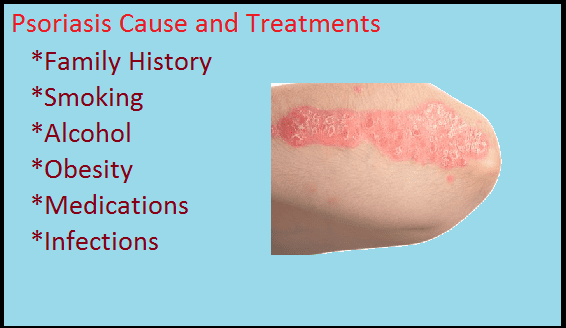Lad os lære om psoriasis. Så dette vil være en primær og en generel lektion af forskellige typer af psoriasis. Så Psoriasis er en kronisk inflammatorisk hudlidelse, med godt afgrænset. Dine thymus plaques, der har en karakteristisk sølvskala. Så hvad betyder dette? Så hvis vi skulle se nærmere på en psoriasisplak. Det er godt afgrænset, hvilket betyder, at det har en klar grænse. Det går altså meget ud fra en rød hudtone. Så det har en veldefineret grænse, Den er rød, så det er erytematøst. Den har en sølvskala. Hvis vi kigger her, you can see these little scale like portions of the plaque that’s what we call a silver scale and it is a plaque which means it is a raised skin lesion that is bigger than one centimeter. The onset of psoriasis can occur at any rate there are generally two peaks or two times in a person’s life where they’re at higher risk for onset of psoriasis. Its common in ages 30 to 39 og 50 to 69. Now there are a wide variety of risk factors and triggers for psoriasis. One of the major ones is family history or a genetic component.
Risk Factors of Psoriasis
- Family History
- Smoking
- Alcohol
- Obesity
- Medications
- Infections
There are several genes that have been implicated in psoriasis. One of them has to do with the psoriasis susceptibility one locus on a major histocompatibility complex gene on chromosome 6p21. So the PSOR1 locus otherwise include the HLACW6, which seems to be related more to an early onset type of psoriasis or other genes that have also been implicated. Specific interleukin genes like IL12, IL 23 but these are some of the major ones here. Another risk factor for psoriasis is smoking, Increase in alkohol consumption is also linked to a onset or a triggering or worsening of the psoriasis condition. Obesity is also a possibility, as well as certain medications. Medications include beta blockers, lithium in Chloroquine. So some other anti malarial medications as well and some infections have also been shown to trigger psoriasis or to be involved in worsening of the steroid condition. These include having an acute streptococcal infection. So post streptococcal period are at a higher risk for developing a certain type of psoriasis. We’ll talk a little bit later about and also having HIV.
Different Types of Psoriasis
So we’re going to talk about 6 different types of psoriasis.
- Plaque Psoriasis
- Guttate Psoriasis
- Pustular Psoriasis
- Erythrodermic Psoriasis
- Inverse Psoriasis
- Nail Psoriasis
Plaque Psoriasis
The first one we’re talking about is plaque psoriasis. Plaque Psoriasis is the most common type of psoriasis. It has a symmetrical distribution. If you see it on one area on one arm. You’ll generally see it on and same area on the other arm. The most common places where plaque psoriasis occurs include the scalp, the knees, ekstensorflader af albuer og glutealspalten. Denne tilstand er generelt forværret vinteren er på grund af tørhed af luften, mangel på sollys. Den slags ting kan forværre denne tilstand. Det har det, vi kalder AUSPITZ skilt. Auspitz-tegnet er, når en lille smule sølvskala fjernes eller en mægtig blødning, det er, hvad Auspitz-tegnet er. Så Plaques stigning er meget let at huske. Det er generelt en klassisk erytematøs velafgrænset plakette med en sølvskala.
Guttate Psoriasis
Den næste tilstand, vi skal tale om, er Guttate Psoriasis. Afgrøden som psoriasis nogle meget små akutte udbrud, mindre plaques efterfulgt af generelt en streptokokinfektion. Again these lesions are smaller than one centimeter in diameter and the generally occurs on the trunk and approximately extremity.So way to remember that Guttates rise is this may be a funny way to remember it. But it may be help you think about falling into a gutter. So if you were to fall into a gutter you’re generally going to fall onto your trunk or your arm and think about, if there’s water in the gutter. You fall into the gutter, it’s going to splash up onto you. You’re gonna get droplets of water on you and that’s generally how it presents new droplets of skin lesions. Those little lesions less than one centimeter in diameter. Hopefully that helps you remember it.
Pustular Psoriasis
Another type of psoriasis is the Pustular Psoriasis. Pustuløs psoriasis er en muligvis livstruende form for psoriasis. Det har normalt en pludselig indtræden og er forbundet med leukocytose, malaise fever hypocalcemia and it’s a couple of different triggers. Interessant nok kan det udløses af graviditet, og det kan også udløses af tilbagetrækning af glukokortikoider. Hvis nogen tager glukokortikoider, fjerner de dem, vil du få dette mulige udbrud af en pustuløs psoriasis. Denne er let at huske, den præsenterer dybest set lige så mange pustler.
Erythrodermic Psoriasis
Den næste tilstand er den erytrodermiske psoriasis er et generaliseret erytem fra hoved til tå. Generelt kan påvirke dybest set 90% eller større kropsoverfladeareal. Så du kan tro, at du dybest set igen vil være top til tå med dit lårben, og med denne kommer du til at bekymre dig om problemer med sepsis med væsketab på grund af problemer med barrierebeskyttelse. Så hvis du er blevet generaliseret, hvis 90% eller mere af din kropsoverflade er påvirket af en erytrodermisk psoriasis, du vil få problemer med ufølsomt vandtab. Du kunne have med infektionsrisiko, så du har en højere risiko for sepsis. Vi får også en desquamativ skala. Så når rødmen får du dette skælvende udseende som meget tør hud og igen forværrer dette også risikoen for infektion. Så for at huske erytrodermisk psoriasis er faktisk i sit navn eller erythro er rød og dermisk hud eller erytrodermisk. Du vil få en rød i huden. This is a record of like erythrodermic psoriasis.
Inverse Psoriasis
Next one is inverse psoriasis. It occurs in skin folds and it has no visible scaling. It’s called inverse psoriasis because it basically is an inverse or opposite of plaque psoriasis. It doesn’t have a silver scale and it generally occurs in skinfolds. Unlike the other plaques arises what can occur on extensor surfaces. So with this one you can remember it by thinking in verse in skinfolds. It’s just the opposite. It’s an inverse of the plaque psoriasis.
Nail psoriasis
The next condition is Nail psoriasis. The condition is in its name, it affects the nail. It has pitting of the nail if you see a skin condition something with psoriasis with pitting of a nail that is psoriasis. It can proceed or proceed other forms of psoriasis so you might have hitting the nail. But they might not have any other skin manifestations of psoriasis and then eventually they get them or they can have maybe a plaque psoriasis and then develop pitting the nail. It also has associations with psoriatic arthritis. So if you see a patient with arthritis joint symptoms and they also have pitting at the nail most likely they have psoriatic arthritis.
Treatments of Psoriasis
So what are some of the treatments for psoriasis? It based on if the condition is a limited or a severe or systemic condition. If it’s a limited disease on very small area. We generally use topical treatments topical corticosteroids topical ammonia. And so you can use calcitriol or topical retinoid. So again, if it’s limited if there’s very little surface area involve the use topical, if it’s a severe condition if much of the body is being affected or much of the body surface area is being affected Systemic. You want to think about phototherapy retinoids you could think of methotrexate as a possible treatment and even further down the line unlikely to be used but in possible cases where none of these prior treatments have worked. You might want to use biologics. So again, phototherapy, retinoids methotrexate and then way way down the line maybe use biologics, if nothing else works.

